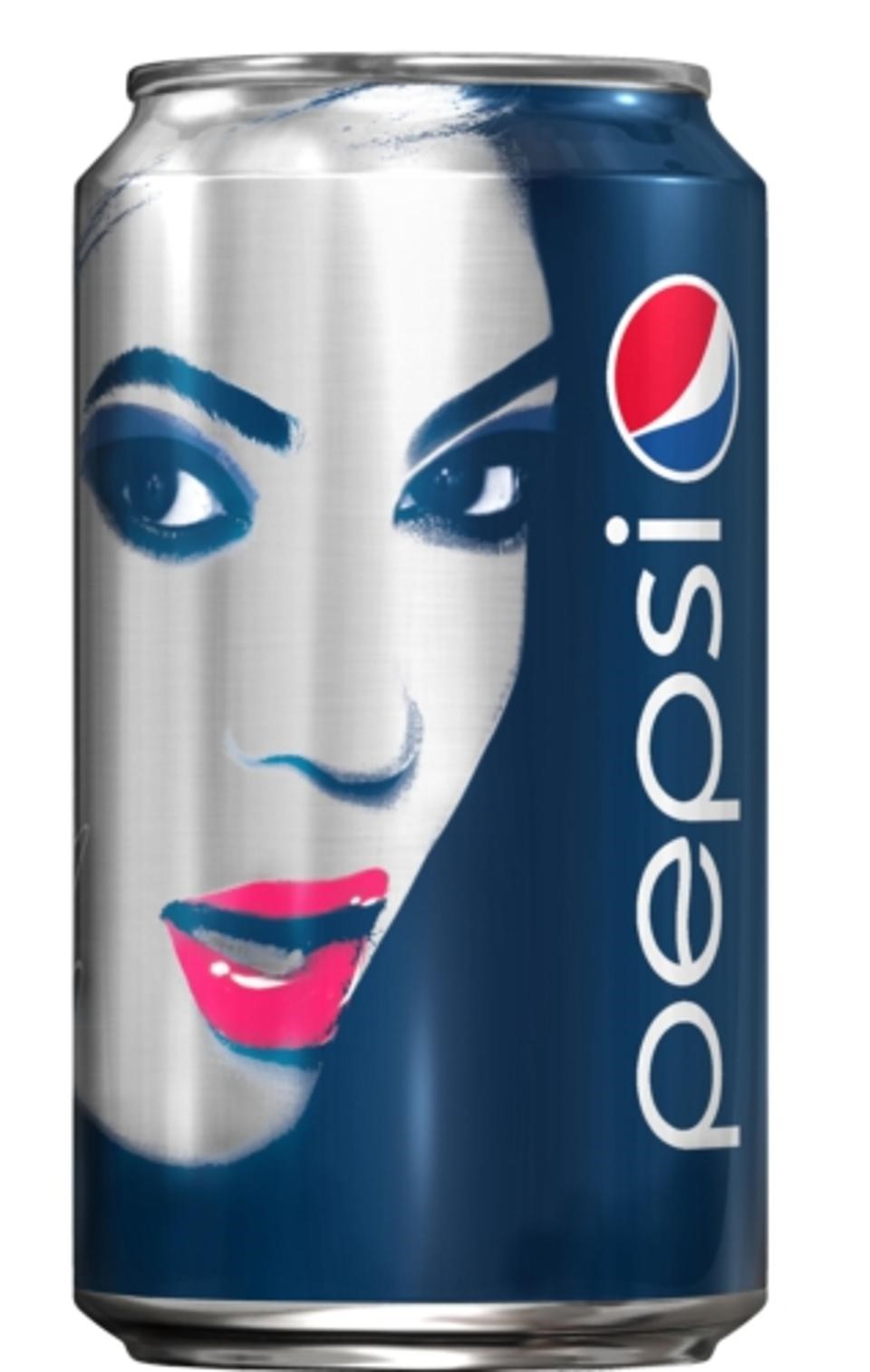Ubiquitous Art
Bernie Langs
I have of late—but wherefore I know not—lost all my mirth, forgone all custom of exercises, and indeed it goes so heavily with my disposition that this goodly frame, the earth, seems to me a sterile promontory; this most excellent canopy, the air—look you, this brave o’erhanging firmament, this majestical roof fretted with golden fire—why, it appears no other thing to me than a foul and pestilent congregation of vapors. What a piece of work is a man! How noble in reason, how infinite in faculty! In form and moving how express and admirable! In action how like an angel, in apprehension how like a god! The beauty of the world. The paragon of animals. And yet, to me, what is this quintessence of dust? Man delights not me.
—Hamlet, Act II, Scene 2
Ah, yes, the famous malaise of the pseudo-mad Danish Prince, the speech of Hamlet to his school friends Rosencrantz and Guildenstern on the depressive bent that has overtaken his disposition, even while recognizing that the magnificent wonders of the world cascade before his very eyes. I believe that many of us also communicate a similar despair through email, text, Facebook, or in conversation with our friends, of our inner conflicts about the depressing state of politics in our troubled nation. Personally, I lay no claim to the insights of a Hamlet, yet, as I’ve hit my 60th year of life on this planet, I find it hard at times to muster the strength to care and gather excitement for professional sports and for what currently passes as art and entertainment. And I’ve long given up hope for the salvaging of the higher ideals of America’s revolutionary concepts of democracy and government. Yet I know in my heart that there are many times when my dreary, lazy pessimism can be shoved aside and temporarily forgotten, such as when at an art exhibition I’ve dragged myself to exhilarate my soul, or the moment an orchestral or guitar passage at a concert rises to heavenly heights granting momentary freedom of mind. Unfortunately, like the feeling I get after consuming a bag of Doritos, I sink back into unsatisfied appetite, and the opiate high of stimulated intellect crashes down, mired in the dreary muck and Dickensian soot of the times in which we live. I always knew the world would change in my lifetime, but I could never have imagined or anticipated a place of constant stimulation mixed with the underlying hum of continual disappointment.

Walter Benjamin’s 1935 essay, The Work of Art in the Age of Mechanical Reproduction, pinpoints the source of so much of what bothers me now in the arts. Benjamin was the first to recognize a deadly and serious danger that the art world would confront going forward. He realized that the ease of reproducing great works of art would cast a shadow over the unique qualities of the actual images and first-hand experiences. If the Mona Lisa, for example becomes available as a cheap postcard churned out by the hundreds of thousands and in art history textbooks again and again, over and over, the mind of the beholder loses the ability to conceive of what made the actual physical painting a masterpiece in the first place. This uncomfortable understanding stretches out widely in the arts, rippling forever outwards like the waves set in motion by a sudden disturbance on the surface at the center of a placid lake.
Of course, art should be sustenance for all and available to everyone; that is something I’ve never doubted for a moment. But what art philosophers such as Walter Benjamin realized was that by cheapening the “primary” object of art, people who never visit the original work or take the time to experience true art amid this barrage of valueless clutter will never experience its “aura” or have what art historian Kenneth Clark terms as a “moment of vision.” The essence of the spiritual power and the feat of the technical creation is diluted, or worse, completely lost, replaced by a tawdry mechanized imitation.
In music, for example, it appears that we’ve created a world of the most casual of listeners. Songs are available at any time and in any place. You can halt a Beethoven symphony on a hand-held device in the middle of a violinist’s most passionate stroke of the bow. Few people take the time to ponder a classical piece as an entirety, to struggle with its complex structuring and discover its meaning as a totality, as a bold statement of a nuanced idea. Pop music is ubiquitous, piped in at shopping malls, in pharmacies, even in restaurant restrooms. Has anyone ever been in a Target store or a CVS pharmacy and paused to say, “Wow, I love this song, let me stop and listen?” Pop music has long been the loving cash cow of an aggressive music industry, and it is the songs that are thus devalued as mere commodities. We’ve now reached the point where the capitalist-generated brand of music as a “product” latches on like a deadly virus to the artistic expression of the song, and unbelievably, the artists themselves are transformed and morphed into becoming the physical “face” of a commodity such as soda, a bank, or snack food. In my mind this is a horrific dehumanizing concept that the ghosts of economic opposites Karl Marx and Adam Smith must both be choking on.

When I studied art history on my own, for many years I took in Raphael’s High Renaissance depictions of Saints and Madonnas, through photos in books. For years I viewed them with disdain, seeing them as sugary and overly sweet and not close in conception to the works or genius of his contemporaries, such as Michelangelo and Leonard da Vinci. But standing in front of the very same paintings at the National Gallery in London or the National Gallery of Art in Washington I experienced jaw-dropping, intense moments of revelation. No photo in a book, no postcard or computer image can capture the textures of skin and clothing in Raphael’s paintings. The artist’s depiction of ethereal time and space, religious realms juxtaposed with temporal dimensions, and the souls and complex emotions within the depicted individuals are best experienced in situ. There are mind-blowing, often indescribable details and nuances that can never be captured in widely dispersed and carelessly conceived reproductions.
There’s a funny story that when Dustin Hoffman was making the 1976 movie Marathon Man, there was a scene where he’s fleeing some would-be killers, and to prepare for the filming of that moment he was standing alone on the film’s set doing all kinds of physical and mental calisthenics to prepare for the action. As he was going through all of this, his older, legendary co-star, Sir Laurence Olivier, walked up to him and said, “Why don’t you just try acting?” I felt quite the same last year when I went to see the overwhelming, powerful paintings by Van Gogh at the Metropolitan Museum. I couldn’t see much of them because people were blocking the masterpieces taking photos with cell phones and large iPads. What I wanted to say was, “Why don’t you just try looking?” The primary source itself had become for many visitors just a living postcard, a photo op with a piece of famous canvas. The power of Van Gogh was lost to them in their snapping haste, as if the vital paintings were nothing more than soda cans in the flesh bearing the face of their favorite stars. Yes, the soul of genius reduced to the muzak equivalent of a special effects Starry Night.
